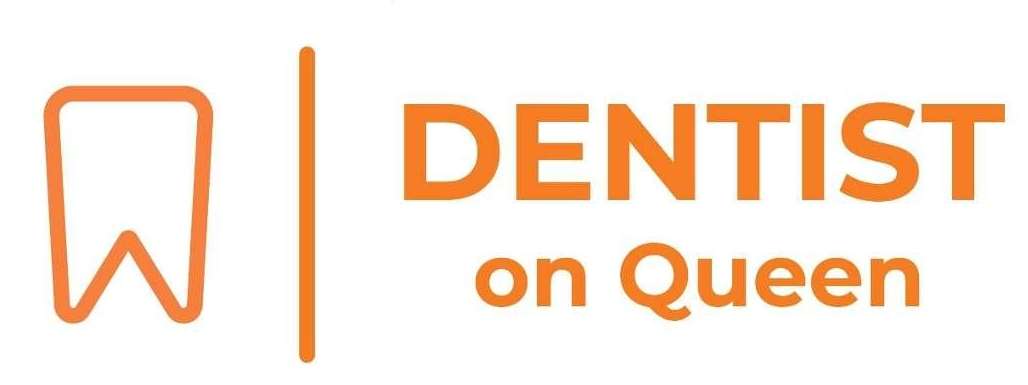
Wisdom Teeth Removal
What Are Wisdom Teeth?
-
Wisdom teeth are the third molars, usually appearing between ages 17 and 25.
-
Most people have four wisdom teeth — one in each corner of the mouth.
-
They can be impacted, meaning they don’t have enough room to emerge or grow normally.
Why Are Wisdom Teeth Removed?
-
Impaction: The teeth may be trapped in the jawbone or gums, causing pain or infection.
-
Crowding: They can push other teeth out of alignment.
-
Decay or Gum Disease: Their position makes them hard to clean.
-
Cysts or Tumors: In rare cases, impacted wisdom teeth can cause cysts or damage surrounding bone and teeth.
-
Orthodontic Treatment: Sometimes they are removed to protect the results of braces or aligners.
The Removal Procedure
1. Consultation
-
X-rays or 3D imaging are taken.
-
The dentist or oral surgeon assesses positioning and risks.
2. Anesthesia
-
Local anesthesia (numbs the area)
-
Nitrous Oxide (relaxes you)
-
IV sedation (you sleep through the procedure)
3. Extraction
-
Simple extraction: If the tooth has erupted.
-
Surgical extraction: If the tooth is impacted under the gum or bone.
4. Stitching
-
The site may be stitched closed to promote healing.
Recovery Process
First 24–48 Hours:
-
Swelling, mild bleeding, and discomfort are normal.
-
Use gauze, ice packs, and pain medication as prescribed.
Aftercare Tips:
-
Avoid sucking through straws, spitting, or smoking to prevent dry socket.
-
Eat soft foods like yogurt, mashed potatoes, or smoothies.
-
Gently rinse with salt water after 24 hours.
Healing Time:
-
Most discomfort fades in 3–5 days.
-
Complete healing of the socket may take a few weeks.
Potential Risks & Complications
-
Dry socket (painful exposed bone if clot dislodges)
-
Infection
-
Nerve injury (rare but possible, causing temporary or permanent numbness)
-
Swelling and bruising
-
Sinus issues (if upper wisdom teeth are involved)



